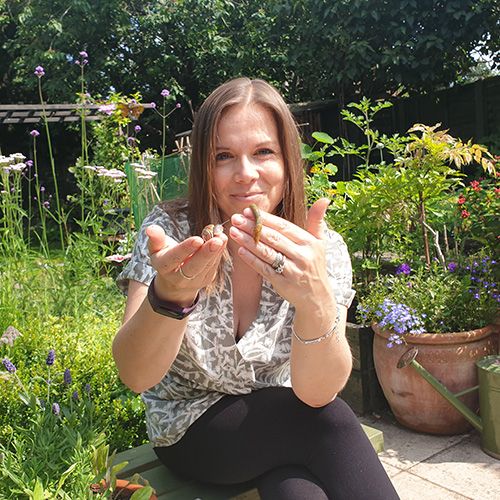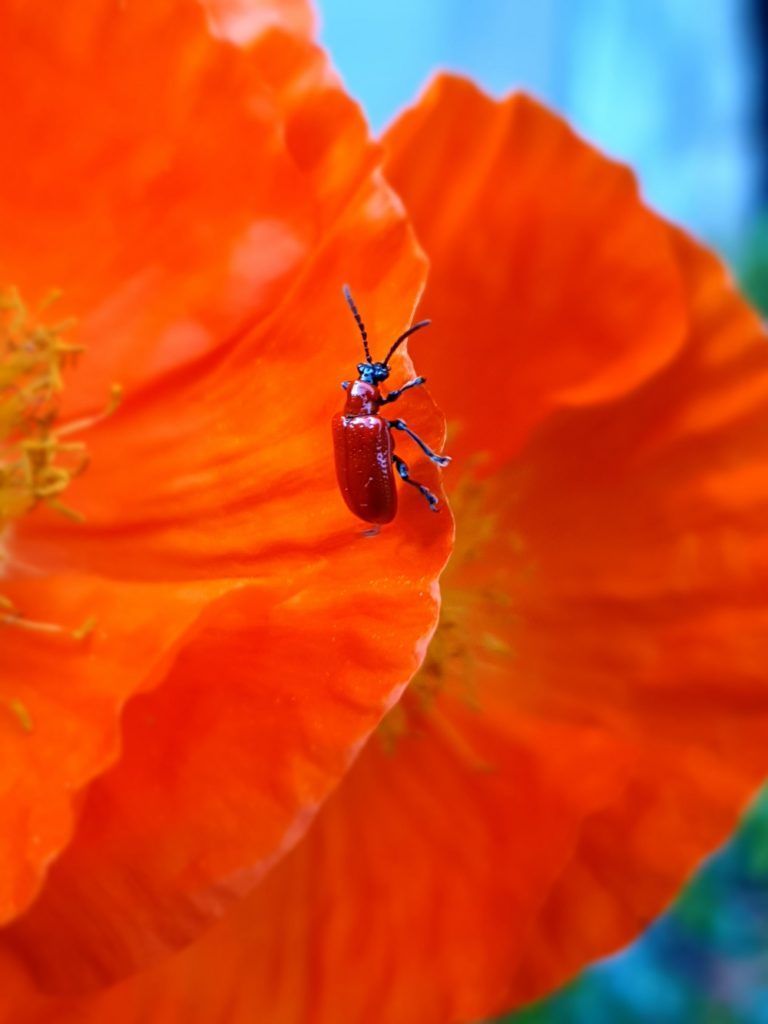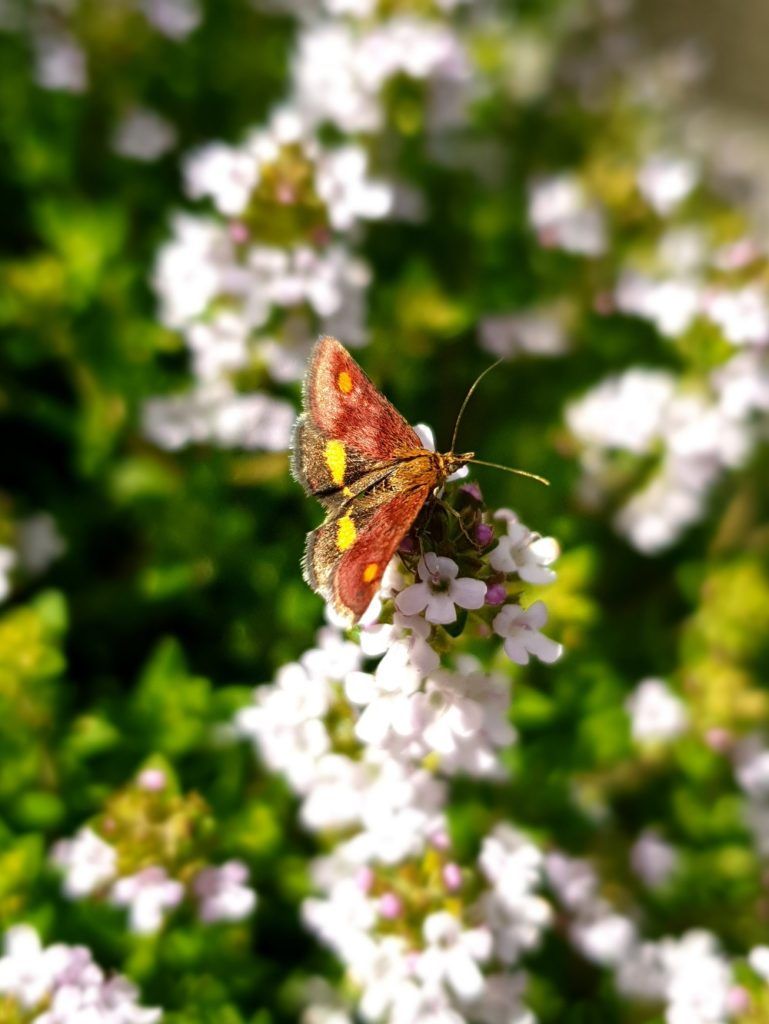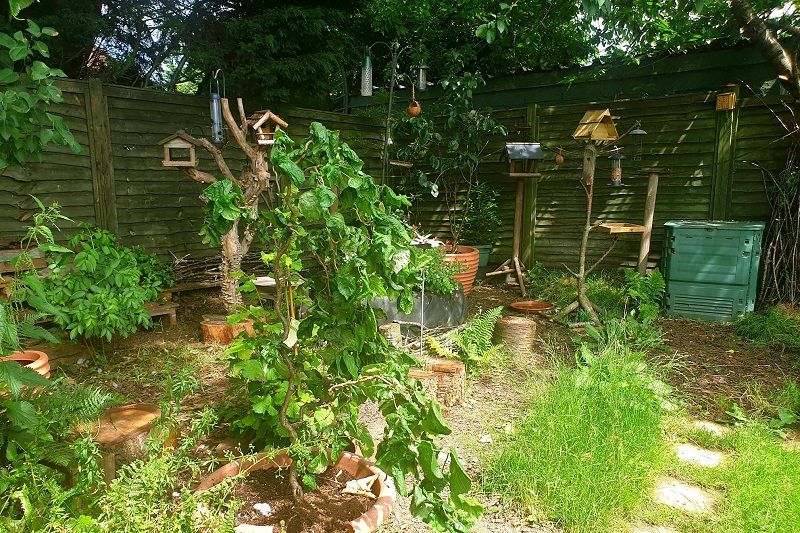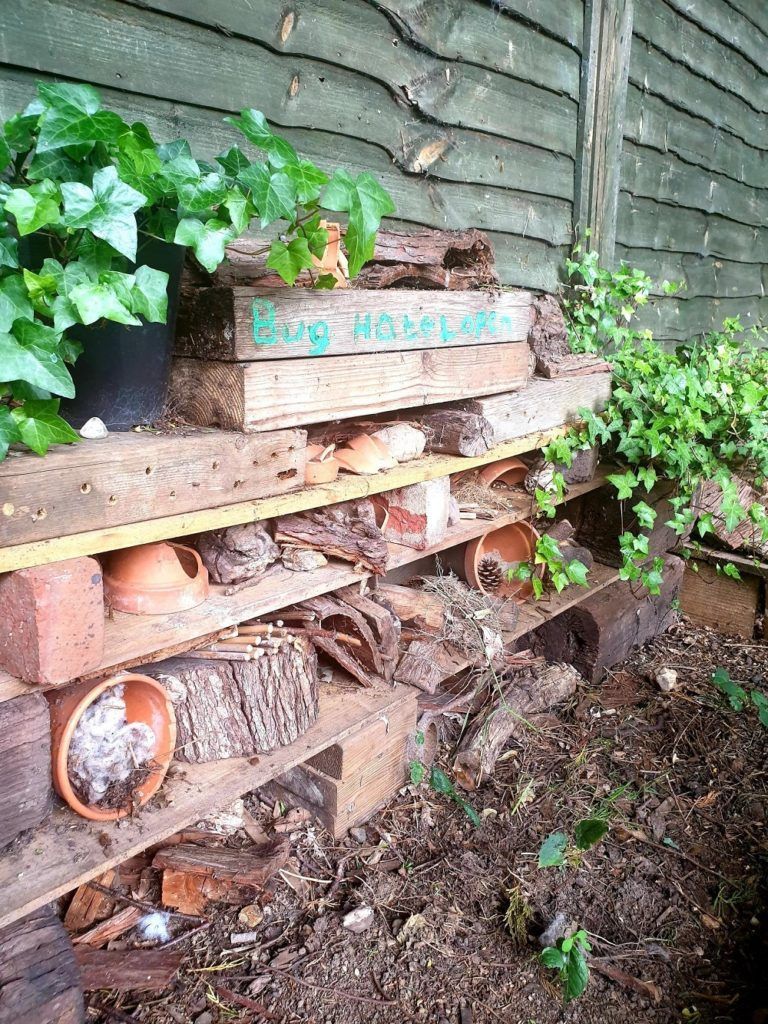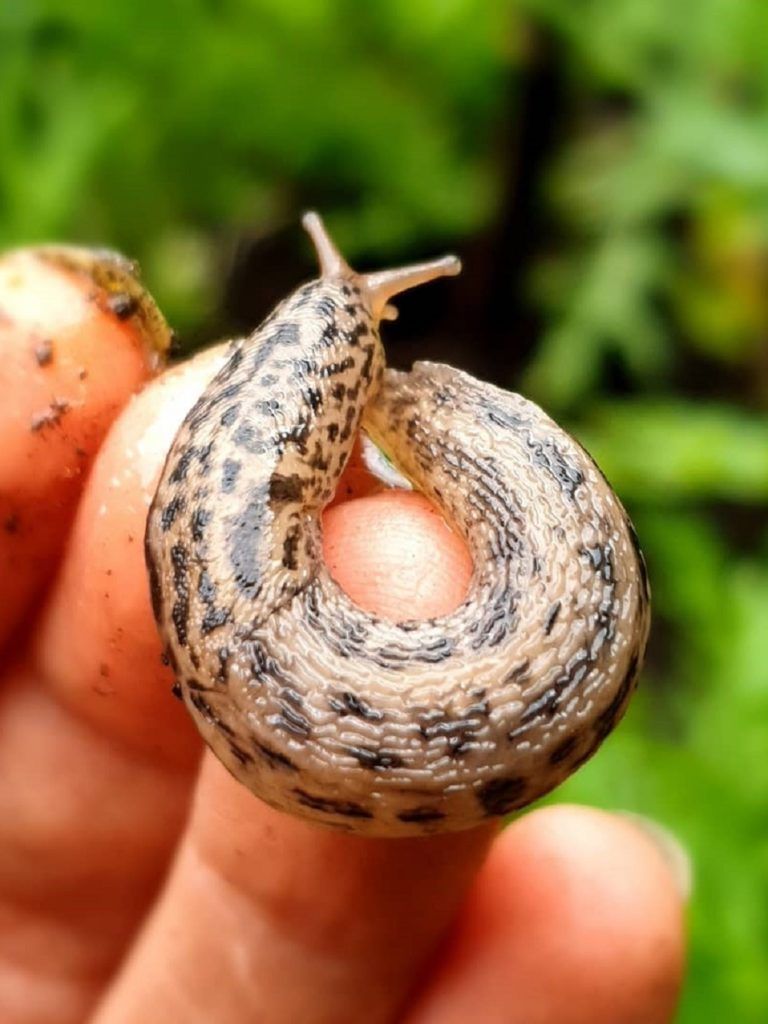Meet Amanda Thomas: Wildlife friendly gardening
Amanda Thomas is a self confessed wildlife fanatic. Surrounded by nature is when she is at her happiest and it’s no wonder looking at her beautiful garden that it certainly is the result of her labour of love. From her carefully planted herb garden to the wild corner full of dandelions, Amanda describes why she loves wildlife friendly gardening and what it means to her and her family to spend time in nature.
Amanda Thomas,
Wildlife friendly gardening in Hertfordshire
What got you into wildlife gardening?
Ever since I can remember I’ve loved being in the garden surrounded by flowers, plants, wildlife and nature. Before having children, I trained and worked as a florist and although I loved the creative side of floristry and learnt a lot about flowers and plants it didn’t really fulfil my passion when it came to wildlife and nature.
It wasn’t until I began home educating my children and learning more about nature so I could teach them, that I discovered what I feel really passionate about – wildlife gardening, conservation, nature therapy and nature photography. While home educating, I met two other home educating parents who also have a passion for nature and so we decided we would learn all we could about the natural world by sharing a monthly list of things to spot and photograph in nature throughout the changing seasons. We did this together for about 3 years and learnt so much by photographing wildlife and nature and discussing and researching about our discoveries.
I developed a deeper understanding of just how connected and vital every single species is and how important it is for us to protect these species. I found myself constantly reading and studying about nature and wildlife and teaching my children about it. It became more and more apparent to me that nature really needs our help and although I have always loved gardening, I began to think about it in a completely different way.
I learnt that everything in nature has an important role, even the things we consider to be pests, and so I began to garden in a way that was beneficial for all wildlife. My passion just kept growing and although I am definitely not an expert and I still have so much to learn, what I have learnt already I love to share with others on my blog to encourage them to garden in a wildlife friendly way too.
What’s your favourite wildlife garden feature and why?
I love all the wildlife features in my garden and I particularly love sitting at the end of my garden where I’ve created a mini, wild, woodland area with lots of various habitats, it’s a great place to sit and watch the birds. However, I would say that my favourite wildlife garden feature is actually something that others might not initially consider to be one – my herb garden. I think that herb gardens are absolutely fantastic for wildlife and a great way to start wildlife gardening. Most herbs are easy to look after, particularly Mediterranean herbs, and they attract a huge variety of pollinators so it’s a great place to sit, watch and learn. In my herb garden I have thyme, rosemary, mint, marjoram, borage, oregano, yarrow, lavender, mustard, chives and nigella.
Next to my herb garden I have a small area of long grass and lots of wildflowers and pollinator friendly plants such as salvia, verbena, scabious, geranium rozanne, buddleia, chamomile, corncockle and mullein. This area is always buzzing with life from bees, hoverflies and butterflies to beetles, snails and gorgeous, little mint moths. The vegetation is also a safe haven and food buffet for the frogs that live in the near-by pond!
How do you change up your gardening seasonally to benefit wildlife?
I have tried to plant things in my garden that will benefit different species throughout the year. We have a lovely mahonia japonica shrub which has beautiful, bright yellow flowers in the autumn and winter, not only does it add a much-needed splash of colour to the garden at this time of year but it also provides pollinators with essential nectar. In the spring it has gorgeous, blue berries which the birds, particularly black birds, seem to enjoy!
Last year we also planted a hawthorn tree which is great for wildlife with its nectar-rich flowers in spring, berries for wildlife in autumn and winter and safe haven of dense foliage in summer. Just below the hawthorn tree we have planted a hedge of elderflower and blackthorn which is interwoven with brambles, nettles and black horehound. I’m hoping this will provide both food and a habitat for many different species throughout the year.
I have also planted some teasels which I grew from seed this year as I read that the seeds are an important food source for gold finches in autumn and winter. I let lots of flowers go to seed in my garden and leave the seed heads in the autumn and winter for insects to hibernate in. Last year I found a caterpillar nestled inside a white campion seed head so I left them all as they were.
In the autumn we rake up the fallen leaves at the end of our garden carefully and pile them up in the wild area and earlier this year we discovered that a hedgehog had made a nice, cosy home inside them! We leave dandelions and other weeds to grow in our wild areas as they provide vital nectar for pollinators early on in the year and we leave some long grass and over-grown areas to provide habitats for wildlife.
Do you have a special love for a particular species and why?
It’s hard to choose a favourite species but if I had to choose one it would probably be a hedgehog. Not just because of their obvious cuteness but because they are such an important part of the garden ecosystem and yet they are severely in decline – one of the species most affected by human impact and in need of our help.
We have done all we can to help hedgehogs in our garden including leaving wild areas, adding leaf piles and hedgehog homes, leaving out fresh water and suitable food and making holes in our fences for access and although we have had hedgehogs in our garden earlier this year and in previous years, we haven’t seen any signs or spotted any recently which is very worrying as in past years they have been quite active on summer evenings. I also have a favourite species that I would absolutely love to find living in our garden but have yet to see and that’s a stag beetle. I have read lots about them on the PTES website and added lots of log piles and tree stumps to my garden so I hope that one day I will see one!
What’s one thing you think everyone could do to help wildlife in their garden or local green space?
One thing I think everyone can do to help wildlife is to avoid using pesticides. If we all start thinking about ‘pests’ such as slugs, snails and aphids differently, learn about them and just how important they are as part of a healthy ecosystem and accept that they are part of our gardens, it will help all wildlife. I would also advise using only peat-free compost in our gardens not only is it better for the environment to leave peat bogs as they are, it also helps to protect the many species of plants and animals that live there too.
Are there any gardening tips or resources you find particularly helpful?
My top gardening tip to make your garden wildlife friendly would be to add as many different habitats as possible to provide food and shelter for a variety of species. From ponds, hedges and wildflowers to log and leaf piles, long grass and compost heaps – the more varied habitats you add the more wildlife you’ll attract.
Getting children involved is great and will hopefully spark a love for nature and conservation. As a family we’ve made bug hotels, bird boxes and feeders, ponds, a bog garden, a hibernaculum, log piles, vegetables beds and mini meadows. I follow and use ideas from a variety of different wildlife charities including PTES, The Wildlife Trusts, The Woodland Trusts, RSPB, Plantlife, Bumblebee Conservation Trust and Hedgehog Street amongst others.
I’m also a big fan of Gardener’s World, I watch the show and enjoy their monthly magazine which has great tips, ideas and advice. I love that the Gardener’s World team advocate wildlife friendly gardening particularly Kate Bradbury who is an amazing wildlife gardener. I have also found that wildlife gardening is extremely therapeutic and once you start gardening for wildlife and watching and learning about all the incredible species you realise that in protecting and nurturing nature you are also protecting and nurturing yourself.
If you’d like to give nature a helping hand by carrying out a few simple tasks in your garden, have a look at our top tips and guides to wildlife friendly gardening:

